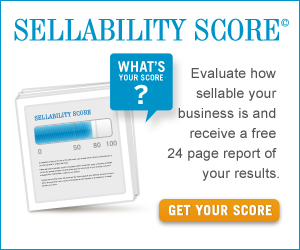Focus on financial freedom, not financial worth.
At the time I write this, there are advertising agencies and marketing departments of the investment companies poised and ready to release this years marketing message to you. The marketing message usually has something to do with investing more. Read the messages, understand them but don’t follow the advice delivered through them.
I’m going to speak to you now from a financial planning perspective. Quite a different viewpoint than a marketing one.
Believe it or not, some of us overspend every so often. (Yes, it’s true!) Here is my message to you that will trump any registered investment:
Pay off your high-interest credit card debt or clear the balances on your overextended lines of credit.
Doing so will allow you to move closer to financial freedom.
Then, once you are free and clear of the shackles of these debts, set yourself up for success and take advantage of at least one of the following plans.
Registered Retirement Savings Plans have always been a friendly way to invest. For each dollar you put into your RRSP, you get to reduce your taxable employment income by a dollar and the tax you originally paid on that dollar of income comes back to you in the form of a refund. So, for someone in the 46% tax bracket, putting in $1,000 to your RRSP provides you with tax savings of $460.
But, if you don’t have any taxable employment income or your income is quite low, there is a solution that you can take advantage of. The Tax Free Savings Account is a solution that brings with it a lot of punch. If you haven’t contributed to a TFSA before, you can put up to $20,000 into a plan in 2012 (assuming you were at least 18 years old in 2009). Any money you put into a TFSA is completely tax sheltered as it grows and completely tax free when you withdraw the funds (original investment and all profits) in the future. For a complete overview of the power of a TFSA, click HERE.
Now, with all government plans, there are some rules you have to follow.
For the 2011 tax year, you have until February 29th, 2012 to make a contribution to an RRSP that you can use on your 2011 tax return. The maximum all Canadians can contribute to their RRSP is 18% of their previous years income to a limit of $22,450 for 2011. This amount is reduced for those Canadians who are a member of an employer sponsored Registered Pension Plan. The reduction is based on your Pension Adjustment that is found on your T4 slip that was issued for your previous year. Plus, if you have a previous year that you had RRSP contribution room that you did not use, you can add this amount to your annual limit. If you found this hard to follow, simply find your Notice of Assessment from last year and at the bottom of it is a summary of the amount you are allowed to contribute to an RRSP for the current tax year.
If after reviewing my previous post on TFSA’s you determine that a TFSA contribution is more appropriate for you, here are the contribution rules that you are governed by.
If you were at least 18 years of age in 2009 and have made no contributions to a TFSA then you can contribute up to $20,000 in 2012. That’s it. It’s pretty simple.
I do urge you to read my previous post on TFSA’s however because there are a lot of reasons to and reasons not to contribute to a TFSA.
If you’re thinking that all of this sounds great but you don’t have lump sums like this sitting idle in your bank account right now looking for a home in a RRSP or a TFSA, here is a solution for you.
Set up a monthly contribution plan (a.k.a. PAC or Pre-Authorized Chequing) arrangement.
Here are some key monthly contribution amounts that will help you maximize each years contributions:
- $1,914.17/mth, to a RRSP starting in January 2012 will allow you to hit the annual limit available for your 2012 RRSP of $22,970
- $416.67/mth, to a TFSA starting in January 2012 will allow you to maximize the annual $5,000 limit
So, focus on Financial Freedom. Paying off your high-interest debts first will not only be a very smart financial decision but will provide you with the financial freedom needed to make huge strides in increasing your financial wealth.
*UPDATE: Starting January 2013 – the new TFSA annual maximum contribution limit is $5,500.
![]()
![]() Subscribe via RSS (non-iTunes feed)
Subscribe via RSS (non-iTunes feed)











